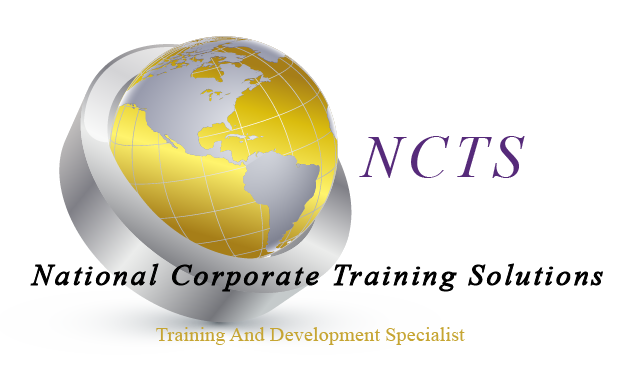Microsoft Project Basics & Professional -
Outlines Combined
Course Description: Microsoft Project Basics
This course will provide basic skills for Microsoft Project for the purpose of collaborating with other Project users, project managers and administrators, and with the project team. Participants will learn the main components of this scheduling software to help better manage their projects.
Course Description: Microsoft Project Professional
This course will provide basic and/or advanced skills for Microsoft Project for the purpose of collaborating with other Project users, project managers, and administrators, and with the project team. Participants will learn the main components of this scheduling software to help better manage their projects. The MS Project Professional software is the online version of the software and has unique options in comparison to the desktop version. Those unique options will be explored in this training.
Course Duration: 2 Day (8 Hour Days)
Course Objectives: Microsoft Project Basics
Participants will be able to do the following upon completion:
Basic skills in MS Project, including:
Opening a new/existing project
Adding activities, leads, and lags
Updating the project
Reviewing project reports
Entering/Assigning resources
Course Objectives: Microsoft Project Professional
Participants will be able to do the following upon completion:
Additional Basic skills in MS Project, including:
Managing the project schedule
Printing reports
2. Advanced skills in MS Project, including:
Customization of Project environment
Working with tasks/activities
Working with multiple baselines
Resource budget cost items
Project shortcuts
Multiple projects and project integrations
Project data and closing out a project
NCTS courses can be customized by content, length of the course, and format delivery.
v22

